Original Publication DATE: 6/17/2014
There are celebrated regions of the Klamath Mountain–preserved and maintained for our enjoyment as monuments or wilderness–and there are others with little or no designation beyond National Forest land. How does the outdoor enthusiast find these little-known places? In the case of the isolated botanical areas of the Scott Mountain Crest, the main route in and out is on the Pacific Crest Trail.
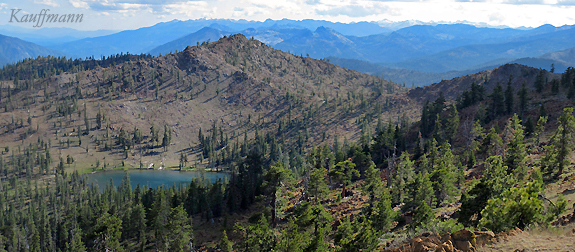
While I did not approach the Cory Peak Botanical Area from the PCT this visit, I first learned about it on a “Big Bend” exploration in 2008. At the time, I was amazed by both the landscape and the assemblages of plants found here. The serpentines of the Scott and Trinity Mountains are some of the oldest rock in the Klamath Mountains, estimated to have been accreted over 300 million years ago. Formed at the bottom of the Pacific Ocean, concentrated metals are restrictive to plant growth and survival. Many plants that endure this medium have evolved into new species through edaphic isolation. In many cases, some of the plants on these ridgelines grow nowhere else on Earth. Others are restricted to serpentines across the Klamath Mountains. Cory Peak Botanical and Geological Area is one of many special places along the Scott Mountain Crest which deserve a closer look. Whether hiking the PCT or exploring via backcountry roads, slow down, enjoy the diversity, and reconnect with your natural history.
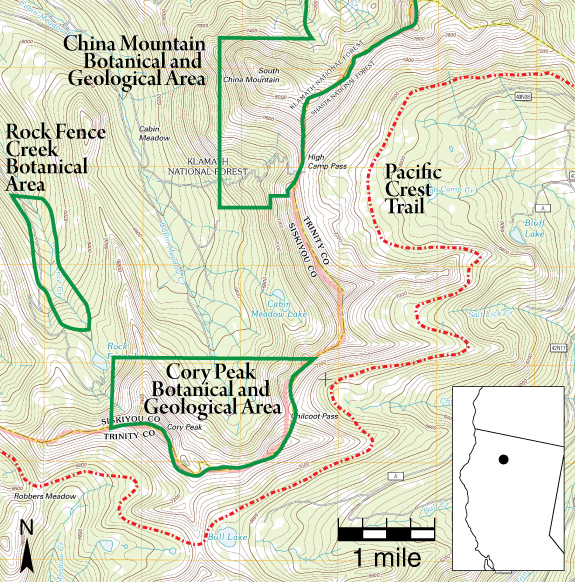
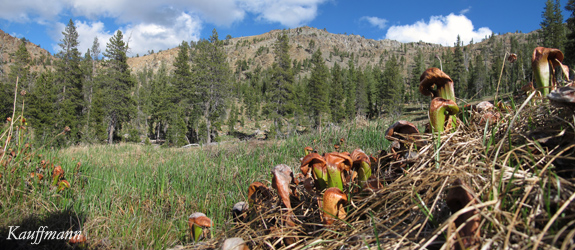
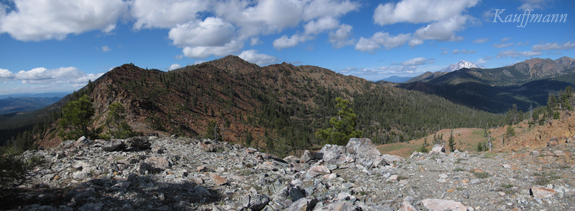

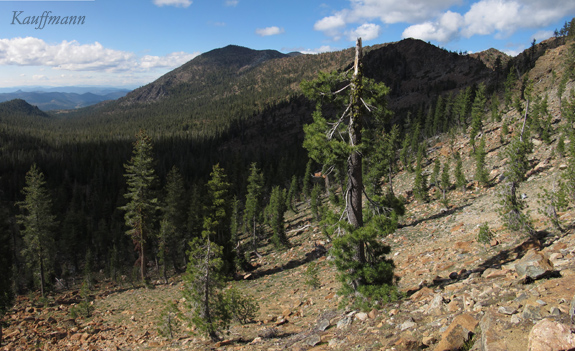

Rare plants of note on the Scott Mountain Crest (compiled from a forest service list):
- Galium serpenticum ssp. scotticum
- Epilobium siskiyouense
- Phacelia dalesiana
- Phacelia greenei
- Eriogonum alpinum
- Raillardella pringleii
- Pinus balfouriana
- Pinus albicaulis
- Draba carnosula
Are there any others you are aware of? What are your experiences in this region?